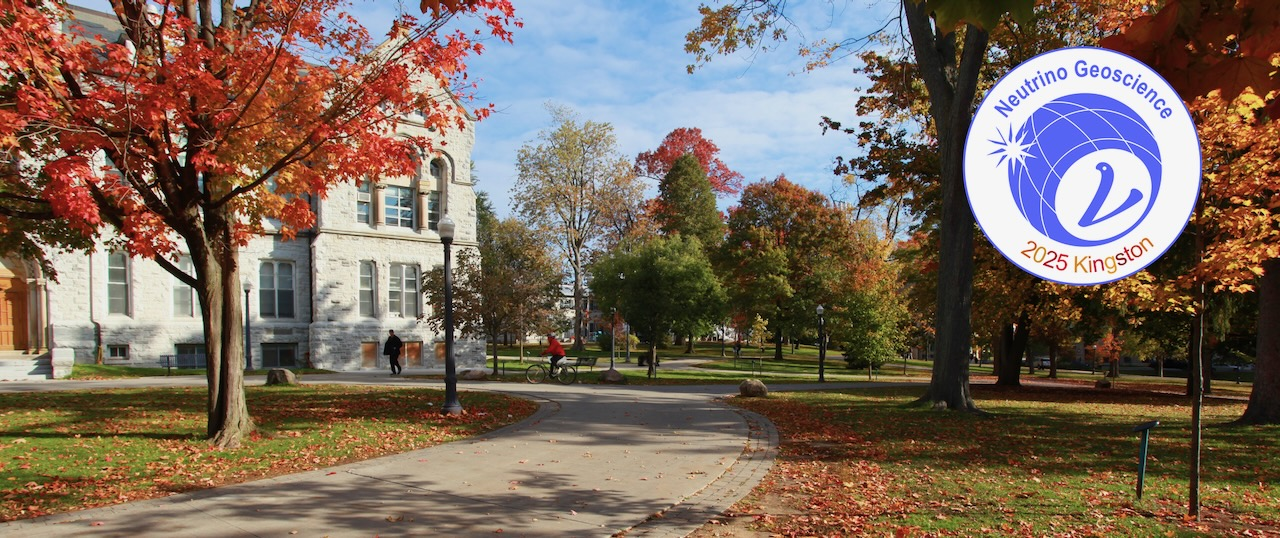Speaker
Description
Previous studies suggest that the enigmatic seismic anomalies known as Large Low Velocity Provinces (LLVPs), located atop the core-mantle-boundary, may arise from thermal anomalies or a combination of thermal and compositional effects, including the possible incorporation of hydrogen (i.e., water) into high-pressure phases of mantle minerals such as MgSiO3 and CaSiO3. However, the fundamental nature of LLVPs remains poorly understood, particularly their origin (thermal, or thermal and compositional), their composition and density contrast relative to the surrounding mantle, and the potential presence of hydrogen within LLVP material.
Neutrinos are neutral particles that come in three flavors: electron, muon, and tau. Electron and muon neutrinos are produced nearly isotropically in Earth’s atmosphere and can traverse the planet due to their weak interaction with matter. As they travel, they undergo flavor transitions (neutrino oscillations) whose probabilities depend on energy, path length, and the electron number density (i.e., matter density × Z/A) of the materials they pass through. This dependence on matter properties enables probing Earth’s interior by analyzing the distribution in flavor, energy, and arrival direction of atmospheric neutrino detection at dedicated detectors, in a technique known as Neutrino Oscillation Tomography of the Earth (NOTE). When present in a chemical composition, hydrogen produces a strong signature in the electron number density, significantly affecting oscillation probabilities and enhancing NOTE sensitivity. This makes NOTE a promising tool for detecting hydrogen in deep Earth regions and suggests it may offer direct sensitivity to the density and composition of LLVPs, providing a valuable complement to existing geophysical methods.
In this study, we assess the sensitivity of NOTE to variations in the density, composition, and water content of LLVP regions. Neutrino event distributions are simulated using three-dimensional Earth models and the OscProb framework to compute oscillation probabilities, incorporating parametrizations of detector response for reconstructing both neutrino energy and arrival direction. Two Earth models are considered: (i) a reference model based on the Preliminary Reference Earth Model (PREM), and (ii) a perturbed model containing a localized heterogeneous region with distinct density and compositional contrast, representing an LLVP. Sensitivity to these heterogeneities is quantified using a log-likelihood ratio test, enabling evaluation of the constraints that NOTE can place on the structure and composition of LLVPs.

